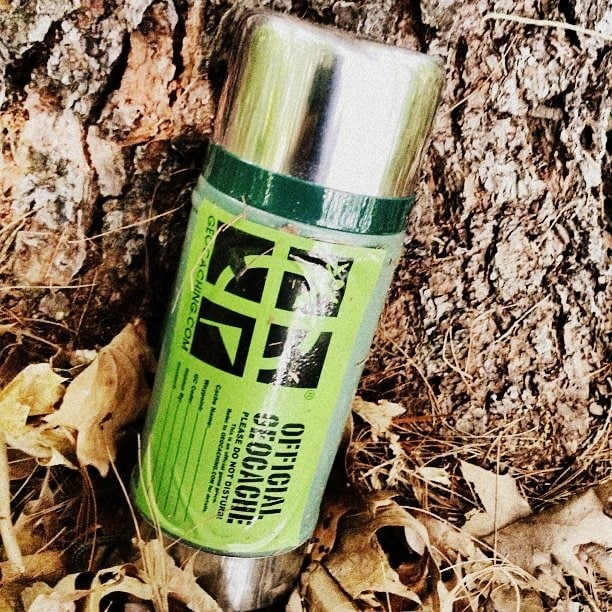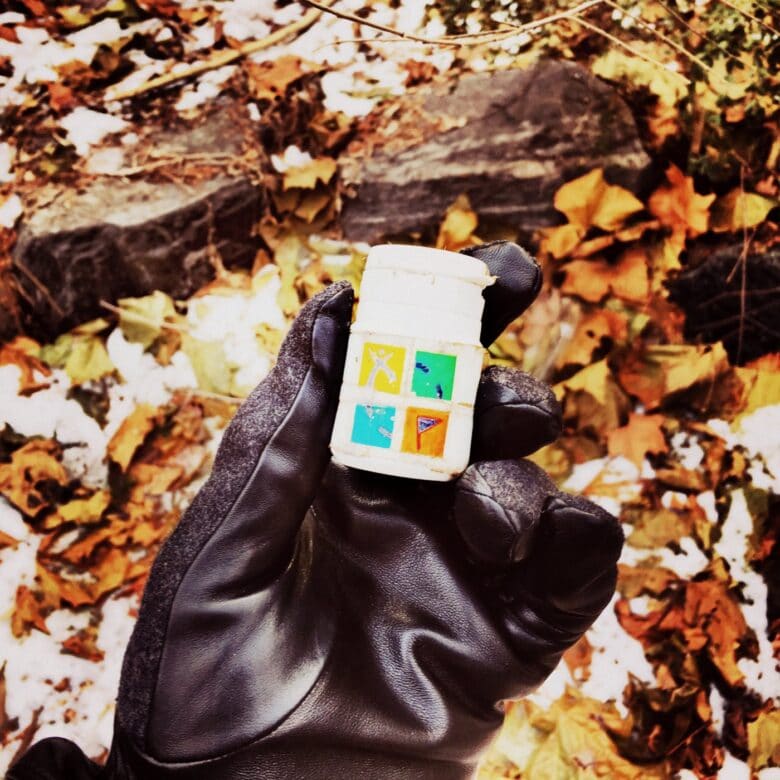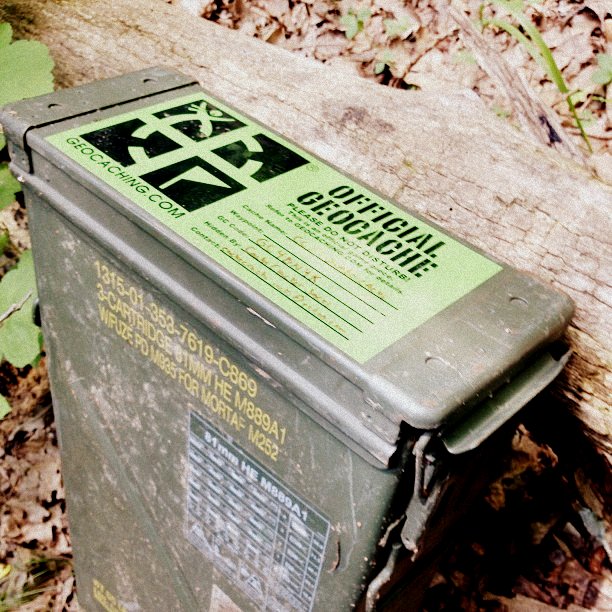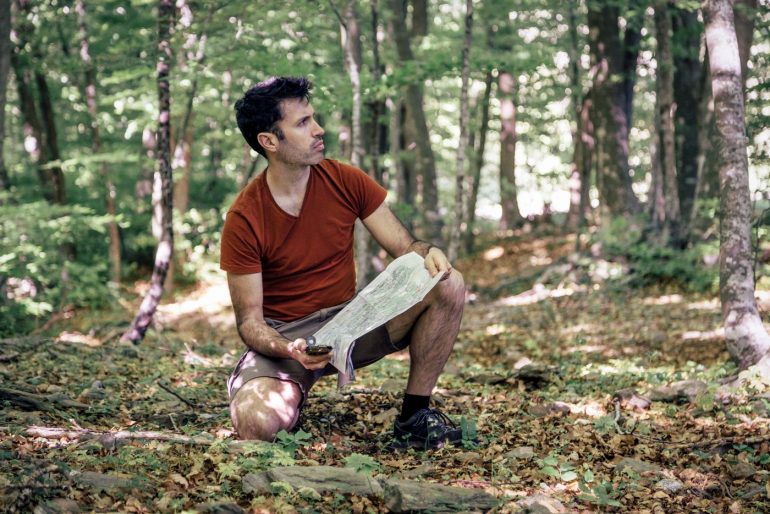When we were kids, lots of us hoped we might one day find a buried treasure.
Media played up our treasure chest fascination in dozens of ways — through everything from Disney’s Pirates of the Caribbean ride to The Goonies, to popular plotlines on Saturday morning cartoons.
In some ways, it’s almost like we never grew up, because that desire to find something hidden and cool is still there in our (skull and cross) bones.
So if you’ve ever wished you could find some buried treasure — but you’re also a bit of a tech geek, who maybe likes to enjoy a nice walk on a beautiful day… guess what? There’s a fun activity that combines all three. Welcome to the world of geocaching.
Gen X marks the spot
Using either a standalone Global Positioning System (GPS) receiver or a GPS-enabled smartphone, participants play a game of hide and seek to locate hidden containers, called “geocaches” (or simply “caches”) placed by other participants.

A typical cache is a small waterproof container containing a logbook, which the geocacher who finds the cache signs and dates when they find it. Sometimes the cache also contains little items that can be traded, or passed from cache to cache as well.
Other caches — particularly in more urban locations — are what are termed microcaches. They’re very small, easier to hide, and usually contain just a log sheet. (One I found was made from an old lip balm tube, which was camouflaged with duct tape and affixed with magnets to the back side of a utility cabinet behind a grocery store.)
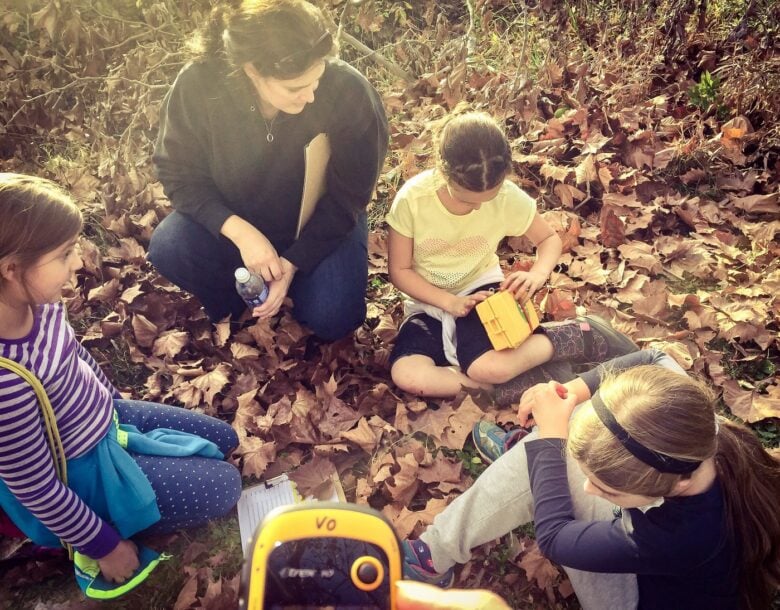
Where to begin geocaching
The GPS coordinates for the caches are published on a variety of websites — which we’ll discuss in more detail below — along with a description of the cache, and sometimes a few subtle hints about how it’s hidden.
After the coordinates are entered into the GPS, you use the device to navigate to the general location of the cache, finishing on foot. Rarely are the caches left out in the open, so some poking around is generally required.
Once the cache is found, in addition to signing the log inside the cache, the finder goes back to the website and logs the find, generally leaving comments about it without revealing the location. Or, if it’s not found, is damaged, or is otherwise not in the condition in which it was originally left, one can leave comments to that effect as well.
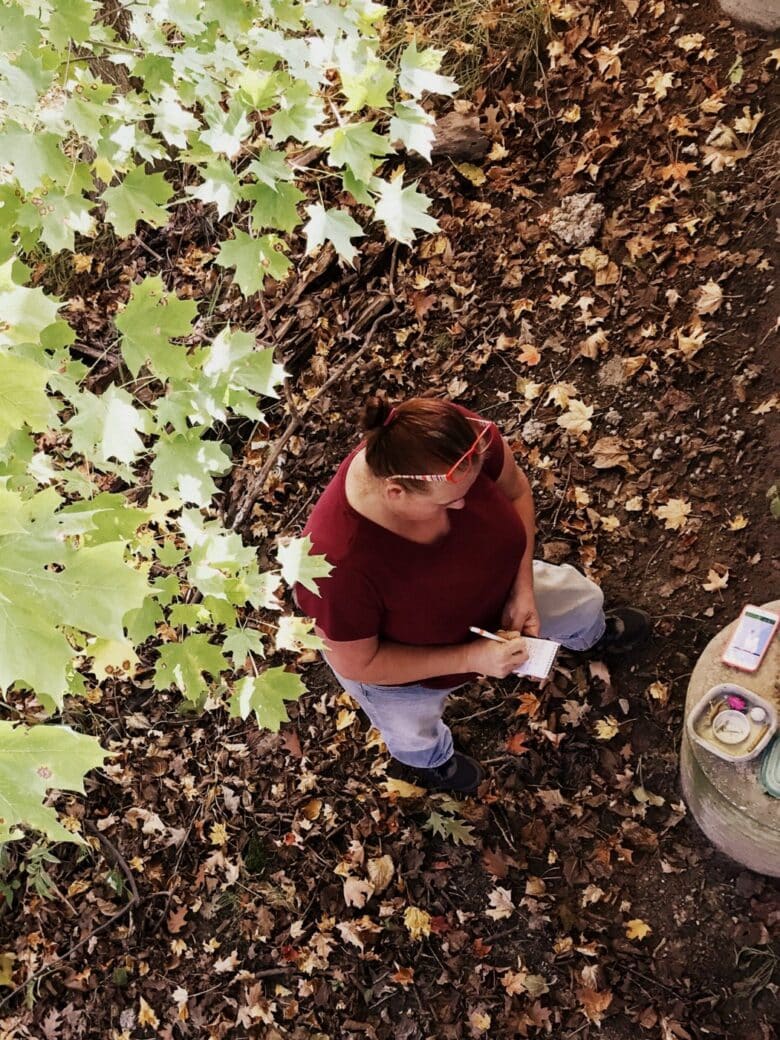
Guidelines for your modern-day treasure hunt
There are some basic rules, including…
Take something, leave something: If a geocacher removes something from the geocache, you must add something to the cache of equal or greater value.
Don’t move it: Always put the cache back exactly where you found it.
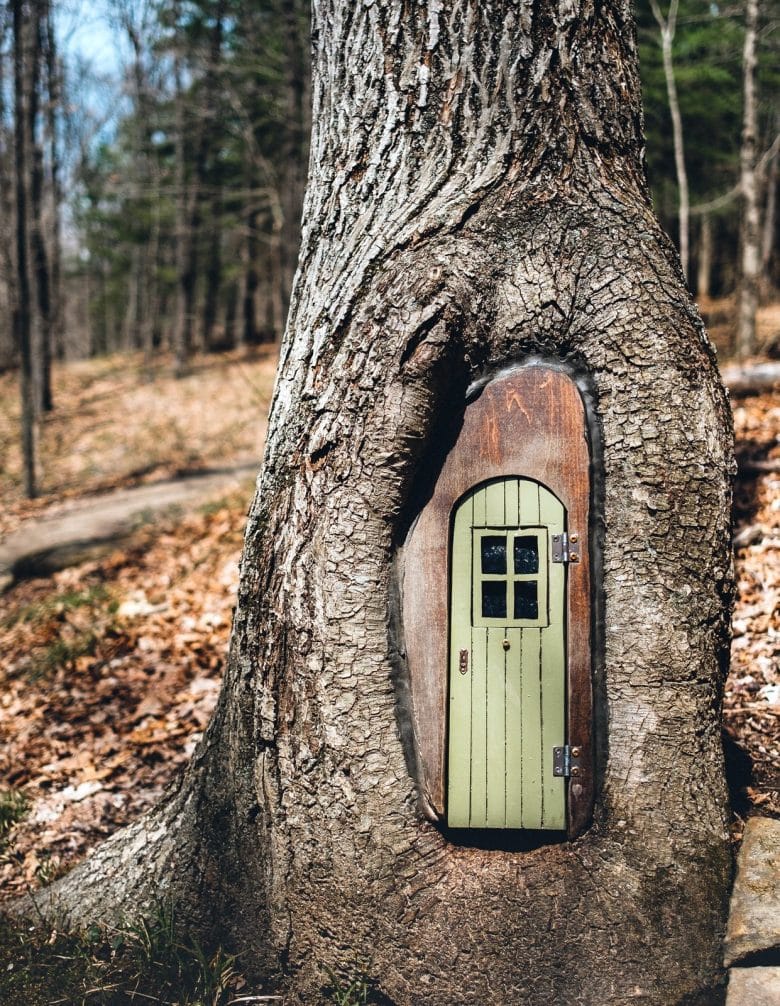
Where to find cache listings
Geocaching.com: The largest, oldest, and most popular listing of geocaches resides at Geocaching.com. As of January 2022, the site listed over 3 million caches worldwide. They offer a Premium (paid) membership for additional features and info about VIP caches, but the vast majority of the information is available to the free basic members.
Opencaching.us: With no subscriptions and no membership fees, Opencaching says they were founded by “a collection of hikers, bikers, divers, techno-geeks, treasure seekers, scouts, families and just plain nature lovers who embrace Geocaching and all it has to offer.”
Handicaching aims to improve the accessibility of Geocaching for disabled people all over the world.
TerraCaching.com is where you can find a growing group of innovative geocaching enthusiasts focused on creating quality outdoor experiences.

Stuff you need
In order to participate, you need some form of GPS receiver to communicate with global positioning satellites to help you pinpoint the caches. This can be a GPS-enabled smartphone with an app — Geocaching.com offers an app for multiple platforms — or a dedicated GPS unit.
Garmin is one of the main companies to offer handheld GPS units that are perfect for a dedicated geocaching GPS.
Other than that, you just need some free time, a nice day, some comfortable shoes, a pen or pencil, and some trinkets to add to the cache.
Caches are generally rated by difficulty for both how hard it is to find and how difficult the terrain is, but for the most part, locating them just requires a good set of eyes, some common sense, and a willingness to poke around.
This isn’t to say there aren’t any caches hidden in the tops of trees or on mountain summits — but you’ll find plenty in your local neighborhood parks (and parking lots), too.

The bottom line
Geocaching is a great way to get out and get some exercise while having a goal to go after. It’s also a great family activity — kids love the idea of finding “hidden treasure” — and, for that matter, most adults do too. So lace up your sneakers and fire up your GPS, and go see if X really does mark the spot!
Keep your eye out! More geocache examples
